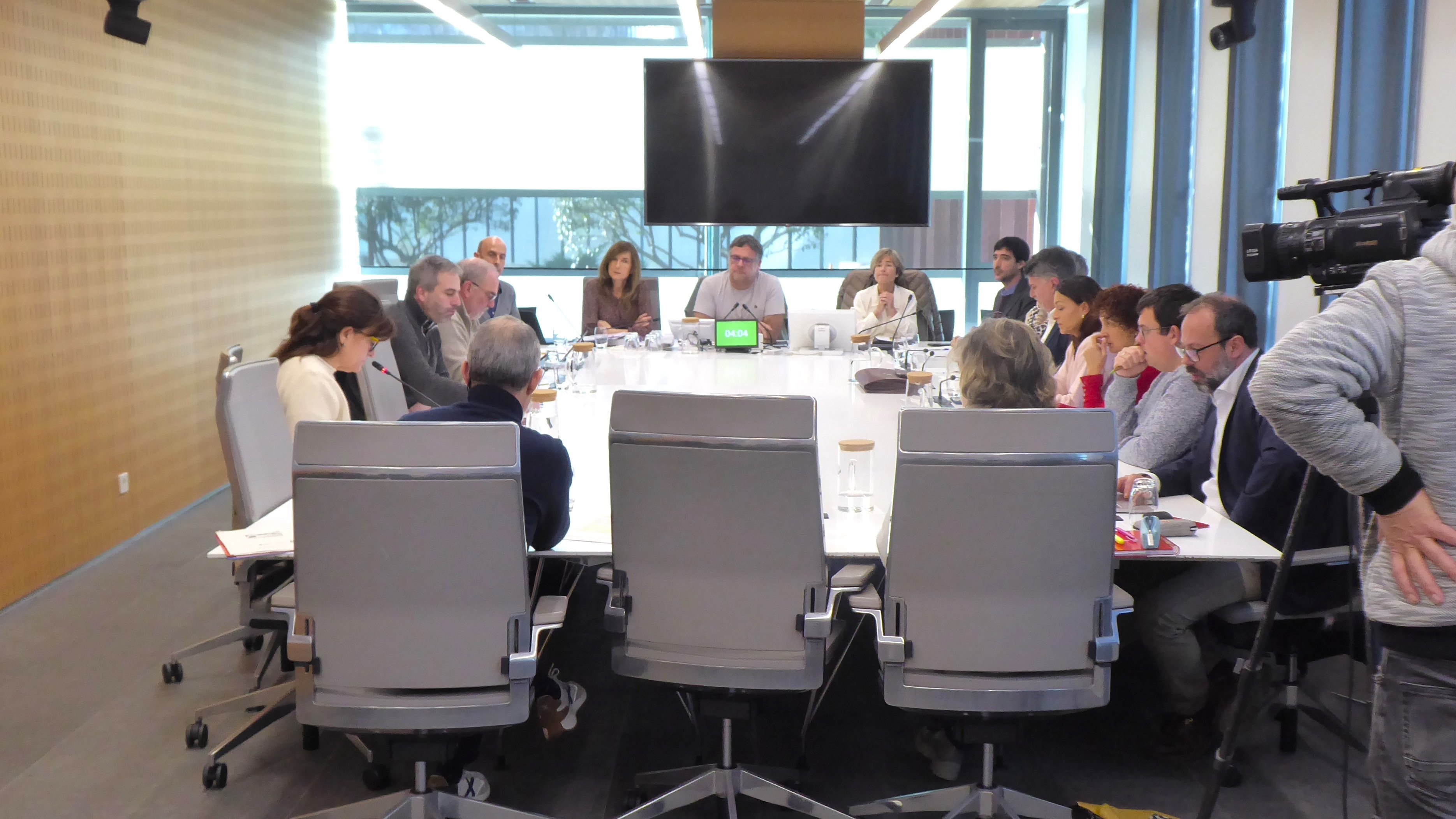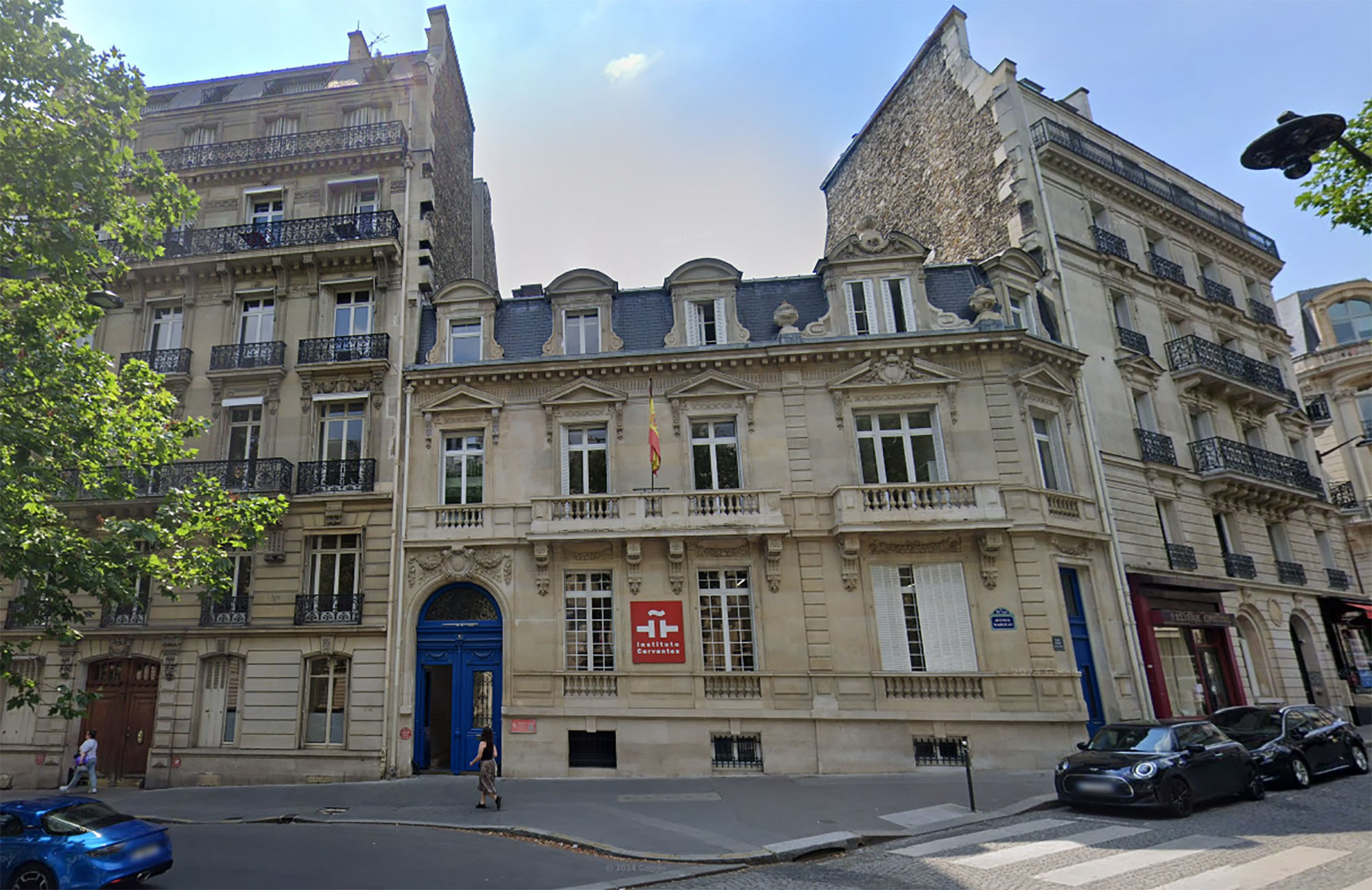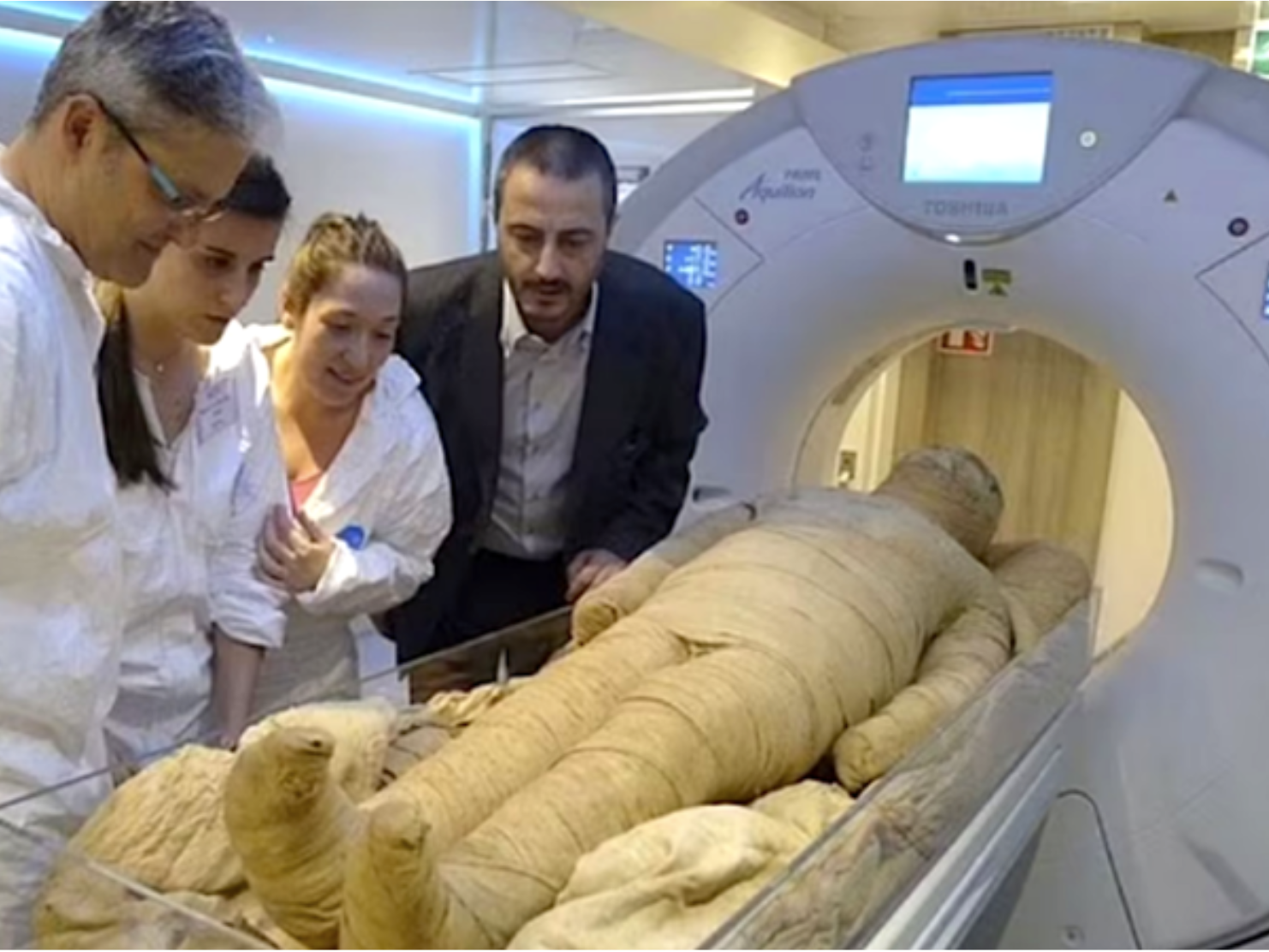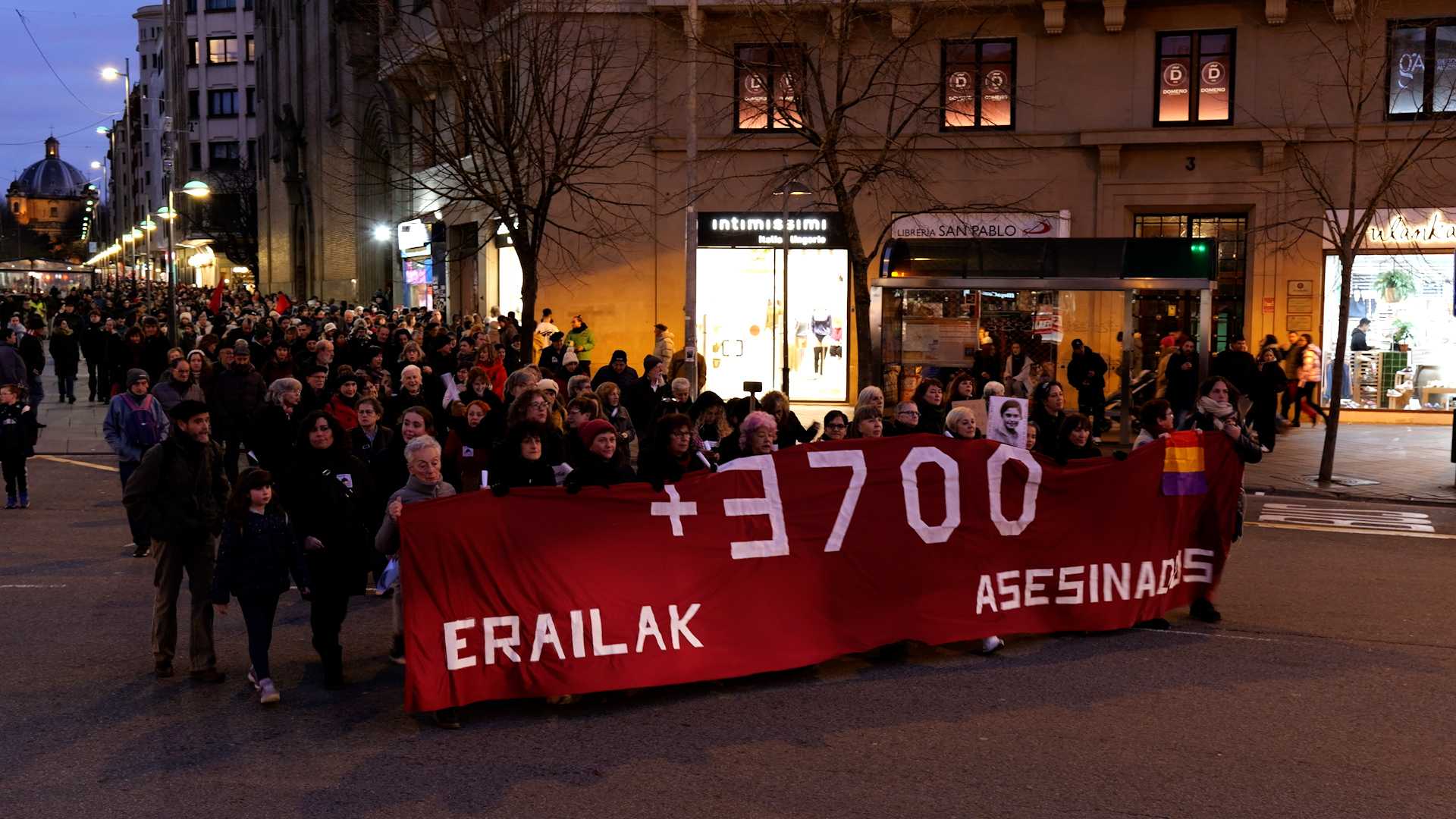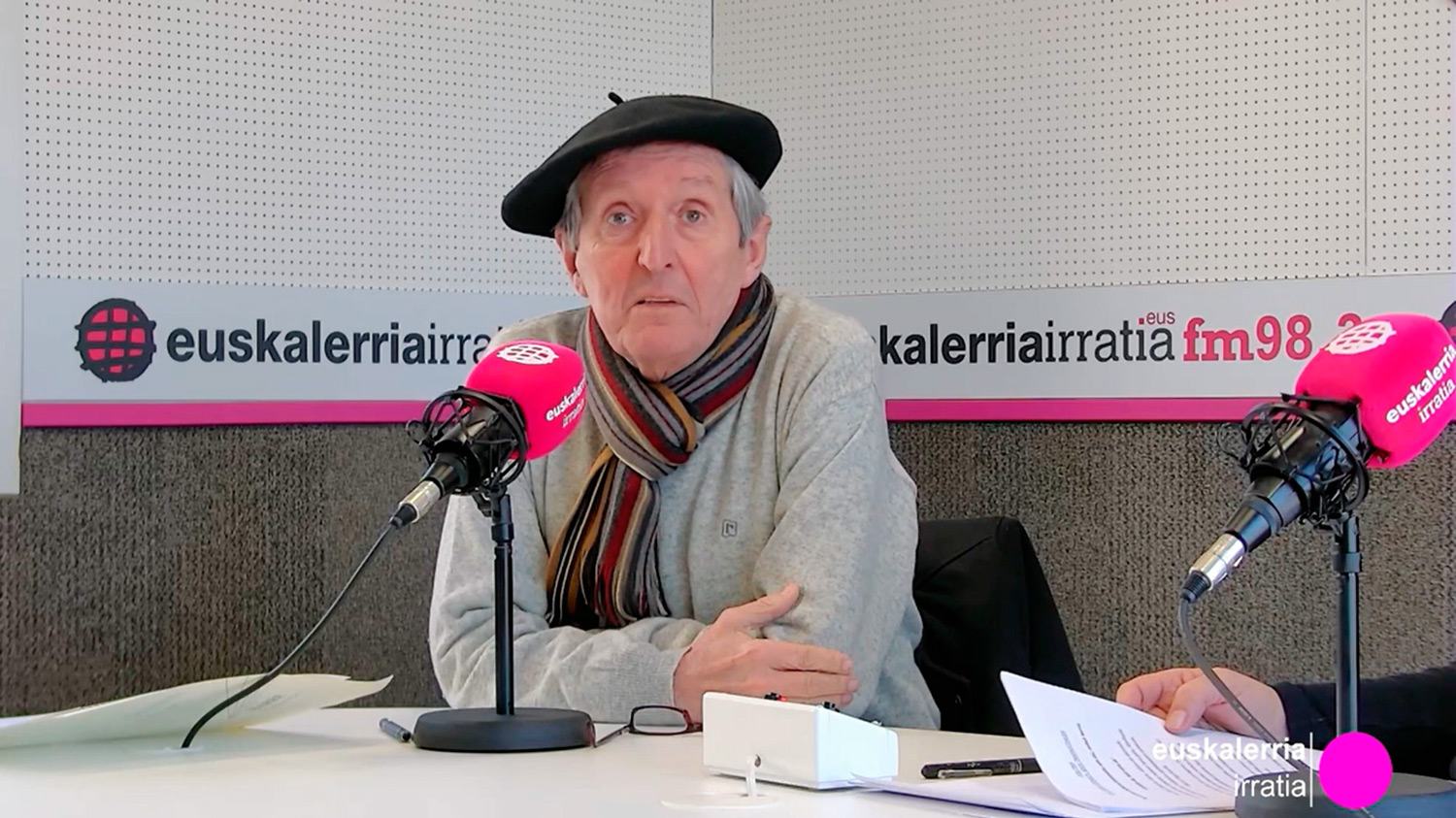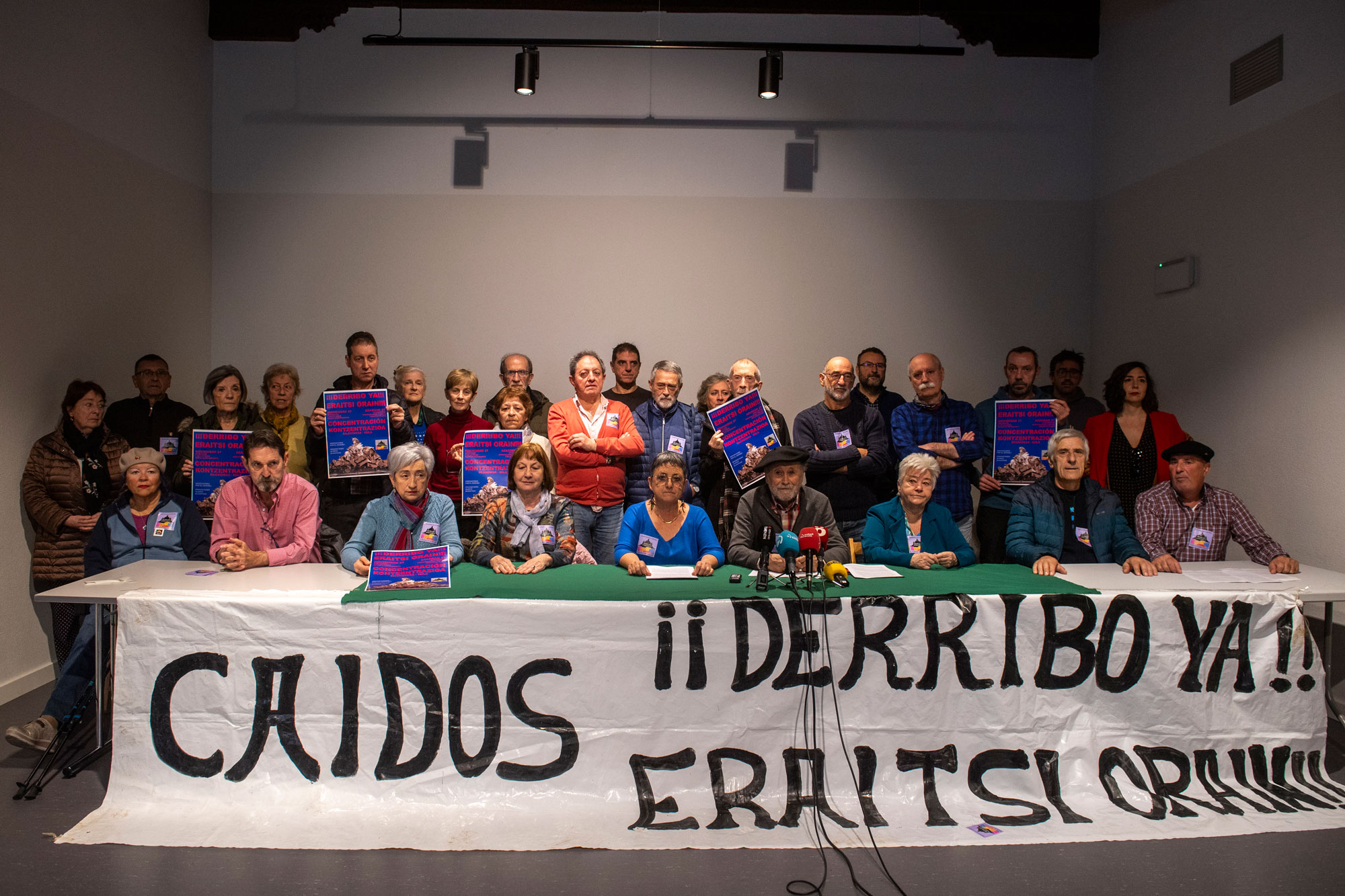The birth of a people, at scale
- What is a people? This question may have very different answers regarding the material or immaterial dimension: buildings and houses, or the community and how to regulate coexistence. But peoples have a past closely related to the environment and work, and a clear example of this is the Baztan Ziga Valley, which is simply to look at the history of terraces or xundas created for centuries for agriculture.
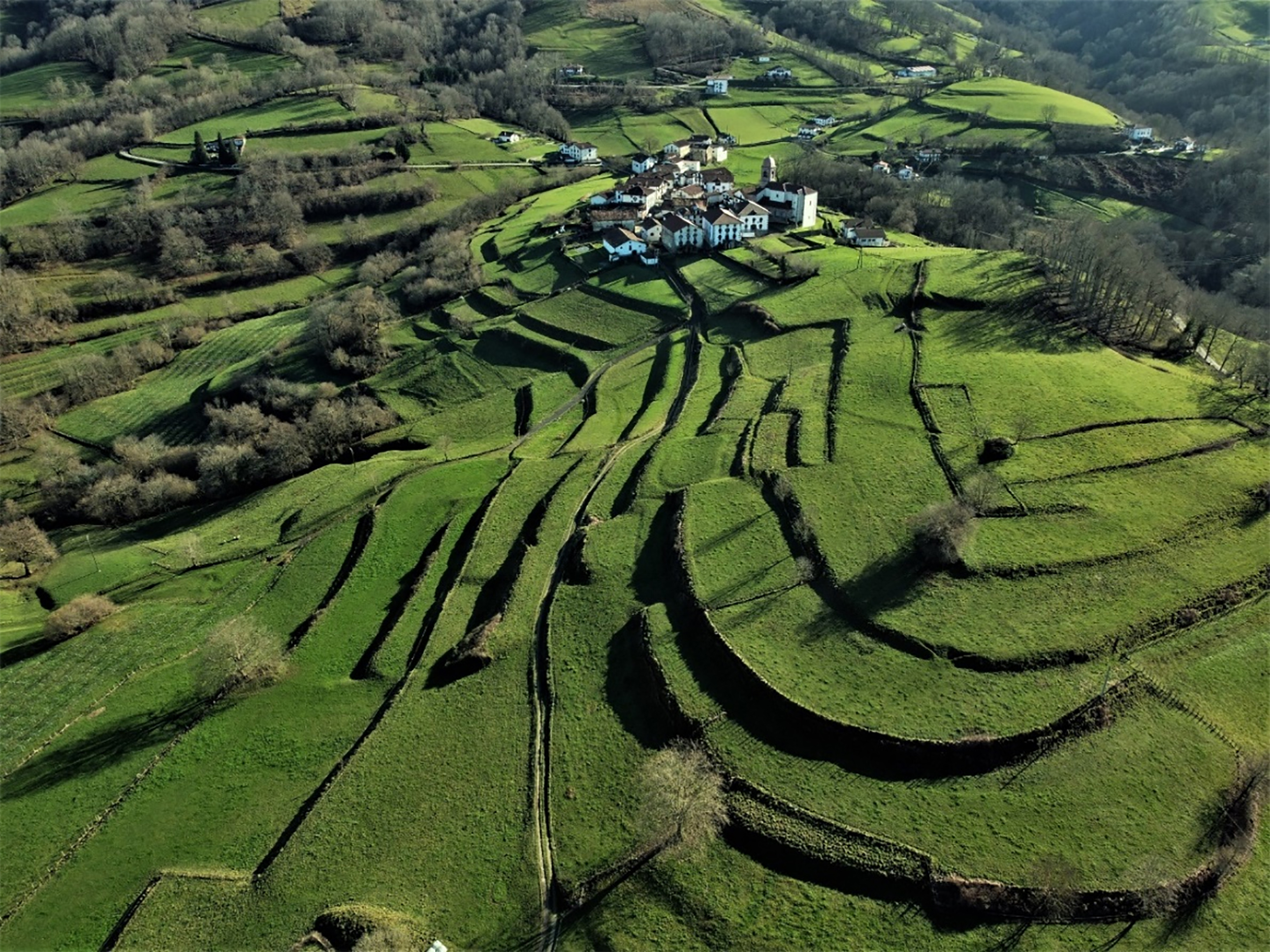
Historians and archaeologists have long observed that the main element that articulates European society and the landscape are peoples, as human communities with collective identity and rooted in a territory. A model that comes from the Middle Ages and which, with nuances — such as the vertical power relations established by the feudal aristocracies, the Church and the State — dominated until the Industrial Revolution of the 19th century.
But why did people emerge in certain places and not in others? What explains its spatial distribution and its relationship with the surrounding territory? How has the environment and climate been conditioned? And how has citizenship been adapted to these conditions? These questions, which are very vivid among researchers, have become very important in the context of the current climate crisis. In this regard, the Baztango Paisaia bizia project of the Society of Sciences Aranzadi has yielded very interesting results.
Baztan, on three scales
Organized around the river of the same name, and surrounded by the mountains of Aldude, Baztan has fifteen villages. Its “social geography” has been organized on three scales since the Middle Ages. On the first floor there were houses. For centuries, they were basic subjects of neighbourliness and had the right to participate in the assemblies and to exploit the resources of the communal lands. The names of the homes passed from generation to generation and the beautiful architectures that were built to last are witnesses of their importance. Several houses in the Valley retain elements of the 15th century, although most were reformed in the economic flowering of the 17th and 18th centuries.
Although its name indicates that it is covered in forests, around the 6th century the Cyssians burned these forests and created a stable rural landscape.
On the second level there are the peoples. They can be defined as a set of houses with “right of neighbourliness” – organized around the batzarre. Churches, cemeteries, plazas -- they're the reflection of that collective identity, but houses can also be dispersed. The first references to these peoples began to be documented around the 13th century, although its origin is probably older.
Finally, on the third level is the valley itself, the sum of all the peoples. He has the character of a real political community. Since time immemorial, it has had the legal capacity to regulate various civil and economic matters, including public land management. In the Baztan Valley, 84% of the valley is communal, but in the past they reached 99%. In 1441 the Chamber of Comptes of Navarra confessed to Baztan the collective ownership of the forests and grasslands, how did this peculiar territorial arrangement arise in a matter of taxation with the Crown ondoren.Baina? What relationship does it have with the collective exploitation of natural resources? How has it evolved? The case of the people of Ziga will give us some clues.
.jpg)
Ziga, a village under the magnifying glass
Ziga, which in 2023 had 134 inhabitants, 50 less than in 2019, is one of the smallest towns in the Valley and stands on the road leading to the hill of Belate, in a high with a privileged view. The toponym is formed by the word zihi ‘robledal’ and the suffix of abundance -aga, which would be the potential vegetation of the place. However, the current forest area is very small due to human activity for several centuries.
Ziga's oldest dating comes from the Middle Ages, but since the sixteenth century they multiply. Among other things, there is still a judicial route initiated by the citizens against the Mr de Egozkue, who tried to privatise the communal lands.
In the Archivo Real y General de Navarra there are also censuses or books of fire that collect the name and location of the houses that existed at every moment in the town, including the names of the neighbors. Many of these houses are still standing, allowing for a detailed rebuilding of the evolution of the people.
The number of houses grew steadily, especially in the seventeenth century. In addition, architecture was remarkably reformed: the wood plot structures and stone walls that we can see today are from that time. In the 19th century, there was a tendency to turn scattered sheep dots in the village environment into farmhouses.
The landscape is not something invariable, but the result of the work of rural communities that have grown the land successively for centuries.
But in addition to the houses, there is another important element that draws attention in the landscape of Ziga: the large system of terraces built on the slopes of the mountains. The terraces occupy an area of approximately 20 hectares and exceed almost 70 meters of slope. Citizens call them probes. They were built to obtain flatter agricultural plantations, and although today they are dealing with grasslands and orchards, until recently they have been used as maize crops.
Aranzadi has carried out geo-archaeological surveys and we have been able to identify the environmental and human factors that have influenced his formation to reconstruct the history of agriculture. The results have been surprising.
Land, time and work
In order to understand the history of Ziga terraces, it is essential to also look at geology. The whole environment is crossed by the failure of Leitza, which formed a geological mixture of several rocks: metamorphized triassic clays, ophytes, jurassic marbles, mantle lherzolites, peridotites... Thanks to a humid climate, deep, rich soils have been given, and the people were created to exploit that fertile land.
Although by  its name we can think that it was covered by forests, research shows that around the 6th century these forests were burned and instead created a stable agricultural landscape, with built terraces.
its name we can think that it was covered by forests, research shows that around the 6th century these forests were burned and instead created a stable agricultural landscape, with built terraces.
This date coincides with a movement taking place throughout Europe. After the fall of the Roman Empire, new rural communities were created relatively autonomously. These communities were institutionalized as peoples between the 6th and 8th centuries, processes in which collective control over the territory and resources was essential. Similar cases have been detected in the Basque Country in both Aizarna and Akoa (Gipuzkoa) and Ankles (Álava).
Continuous fillings were carried out on the terraces of Ziga to guarantee the quality of the floors with lime and fertilizers. This process is particularly noticeable in the layers closest to the earth's surface, and it suggests that agriculture has become more and more intensive, precisely at the time when the number of houses was increased and the architectural model renovated.
What was seen in Ziga has to do with the economic development of the Cantabrian side of the Basque Country. The introduction of American crops such as the transatlantic marina and, in particular, maize, led to a revolution in agriculture, resulting in significant demographic and economic growth. Thus, at that time, the way of life of the dwelling was established, which nowadays we call "traditional", over a landscape of much older roots.
The case of Ziga shows the influence of environmental factors, such as soil and climate, on the creation and evolution of peoples. Landscape is not something invariable, but the result of the work of rural communities that have cultivated land successively for centuries. It is precisely this character that confers its patrimonial value: living heritage, which demonstrates that the ability to adapt to human and environmental changes over time lies in small everyday practices.
I just saw a series from another sad detective. All the plots take place on a remote island in Scotland. You know how these fictions work: many dead, ordinary people but not so many, and the dark green landscape. This time it reminded me of a trip I made to the Scottish... [+]
Japan, 8th century. In the middle of the Nara Era they began to use the term furoshiki, but until the Edo Era (XVII-XIX. the 20th century) did not spread. Furoshiki is the art of collecting objects in ovens, but its etymology makes its origin clear: furo means bath and shiki... [+]
In an Egyptian mummy of 3,300 years ago, traces of Yersinia pestis, the bacterium that caused the Justinian plague in the 6th century and the Black Plague in the 14th century, have just been found.
Experts until now believed that at that time the plague had spread only in... [+]
Greenland, the end of the 10th century. The first Scandinavian explorers and settlers arrived on the island. But by the 15th century these settlements had been abandoned and the original Inuit remained. But in 1721, the missionary Hans Egede organized an expedition and the... [+]
Tafallan, nekazal giroko etxe batean sortu zen 1951. urtean. “Neolitikoan bezala bizi ginen, animaliez eta soroez inguratuta”. Nerabe zelarik, 'Luzuriaga’ lantegian hasi zen lanean. Bertan, hogei urtez aritu zen. Lantegian ekintzaile sindikala izan zen;... [+]













